Decarbonizing Concrete Infrastructure Projects
How state departments of transportation can leverage the federal government’s $1.2 billion Low Carbon Transportation Materials (LCTM) program.

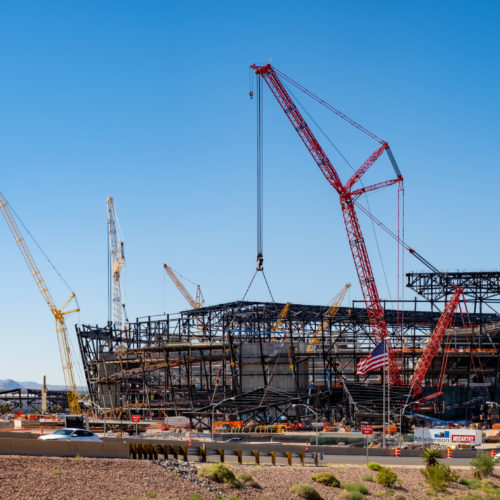
Embodied carbon is the sum of all greenhouse gas emissions released during the lifecycle of materials, including extraction, manufacturing, transport, construction, and disposal. Embodied carbon emissions from buildings account for 11 percent of annual climate-warming GHG emissions globally.
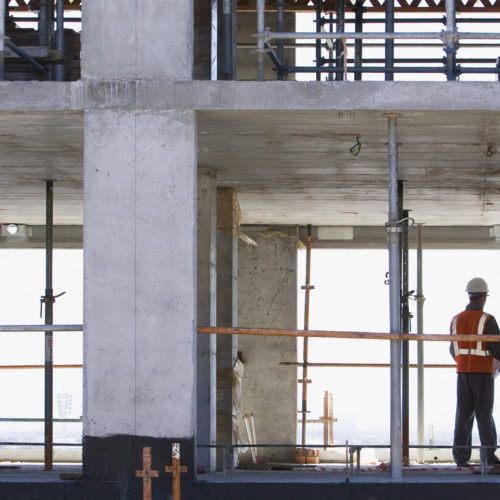
Most of a building’s lifetime GHG emissions occur before anyone occupies it. Understanding the embodied carbon of building materials is crucial for designing and constructing buildings with materials that don’t cancel out the climate gains made by operational efficiency improvements in recent decades. We can ensure every building is part of the climate solution through circular and efficient design, improved material manufacturing and reuse, and policies that create market demand for low-embodied carbon and carbon-storing concrete, steel, insulation, and other materials.
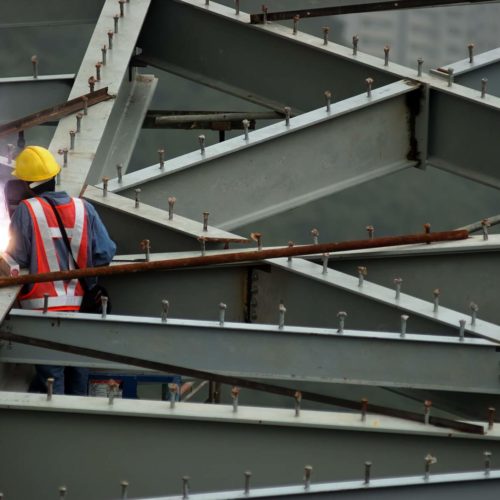
RMI’s Embodied Carbon Initiative has played an instrumental role in guiding the building industry and government agencies on measuring and reducing embodied carbon emissions in line with global climate targets. We are changing how builders build, increasing corporate investment in embodied carbon, and enacting policies to create greater transparency, demand, and adoption of high-performance materials that are cost-effective, abundant, and good for the climate.

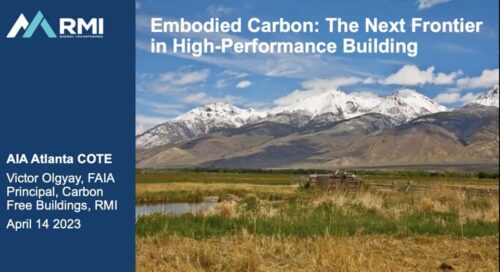
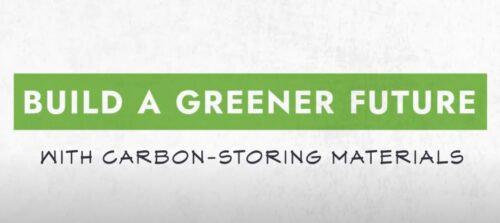
How state departments of transportation can leverage the federal government’s $1.2 billion Low Carbon Transportation Materials (LCTM) program.
Buy Clean and Beyond: RMI’s Guide to Reaching Net-Zero Embodied Carbon in State-Owned Building Projects…
Climate disclosure has become a primary focus of investors and governments seeking to understand climate impacts and risks associated with businesses.
It’s no secret, the relevance of environmental product declarations (EPDs) is steadily growing. Public and private actors are increasingly using these building material “nutrition labels” as core data sources for the development and implementation of…
RMI and USGBC's report answers today’s questions about embodied carbon and highlights key actions to decarbonize the building construction industry.
RMI and USGBC Release Report to Cut Embodied Carbon in Buildings Report is key deliverable in a groundbreaking collaboration to speed progress to reduce embodied carbon in building materials Boulder, CO – September 26, 2023…
RMI’s insight brief provides a one-stop shop for understanding the landscape of emerging technologies to decarbonize concrete and cement.
Buy Clean Standards must be designed correctly to lower emissions without driving domestic steel manufacturing out of business.
RMI's new report on embodied carbon illuminates the hidden climate emissions in low-rise residences and strategies for builders to make cost-effective reductions quickly.
Embodied carbon represents the millions of tons of carbon emissions released during the lifecycle of building materials, including extraction, manufacturing, transport, construction, and disposal.
Low-embodied-carbon and carbon-storing materials in building retrofits can reduce total building emissions.
This resource library was made in partnership with C40 Cities.
A roadmap to zero embodied carbon emissions from US federal buildings projects and materials by 2050.
White House announced “Buy Clean” recommendations that will advance green building materials procurement for federal building and transportation projects.
How we can achieve transformational change by reducing the demand that drives climate pollution from the buildings industry.
This policy brief outlines recommended steps municipalities can take to increase material circularity and reduce emissions in the buildings sector.
Although concrete is one of the most carbon-intensive materials in our built environment, many opportunities exist to reduce its environmental impact.
Construction, engineering, and design firms are taking big steps to assess — and eventually reduce — the emissions.
While India’s buildings-related CO2 emissions have more than doubled between 2000 and 2017, the indirect emissions have almost tripled.
As the building industry seeks to lower its carbon emissions, scientists and entrepreneurs are exploring novel solutions to reduce the so-called embodied carbon of building materials. Embodied carbon refers to the cumulative emissions…
RMI Releases a Guide on How to Reduce Emissions from Concrete.
A user-friendly overview of proven and scalable solutions to reduce concrete’s contribution to climate change.
Buildings account for at least 39 percent of energy-related global carbon emissions on an annual basis. At least one-quarter of these emissions result from embodied carbon, or the greenhouse gas (GHG) emissions associated with manufacturing,…
Buildings account for at least 39 percent of energy-related global carbon emissions on an annual basis. At least one-quarter of these emissions result from embodied carbon, or the carbon emissions associated with building materials…
It is unlikely that you know how much carbon was produced by making your driveway. But if you did, you might think about ways to build it better.
In India’s fight against climate change, the buildings sector provides huge opportunities for emissions reductions. Progressive and forward-looking real estate players are increasingly backing the move toward net zero with ambitious sustainability commitments. As companies…
You are surrounded. Whether you’re reading this on your phone or computer, if you’re sitting in an office chair, on a park bench, or waiting for your coffee order, you’re likely surrounded by concrete, wood,…
The construction and operation of buildings account for nearly 40 percent of global CO2 emissions. As the urgency of the climate challenge increases, efforts to address carbon emissions in the buildings and construction sector…
Report
Report
Toolkit
Report
Article
Article
Article
Procurement Brief
Blog
Blog
Report
Report
Blog
A generous donor is doubling all gifts, up to a total of $100,000, through June 30, 2024. Your gift helps RMI increase access to safer, healthier, and cleaner energy in more communities.
The shift to clean energy starts locally. It starts with you.
Donate